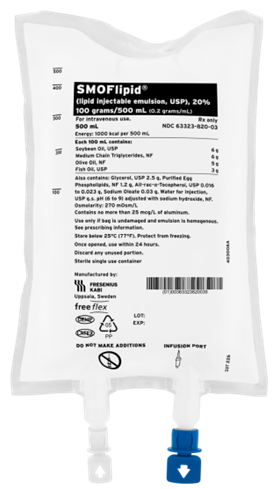A nurse is preparing to administer total parenteral nutrition (TPN) 1800 mL to infuse over 24 hr. The nurse should set the IV pump to deliver how many mL/hr? (Round the answer to the nearest whole number. Use a leading zero if it applies. Do not use a trailing zero.)
The Correct Answer is ["75"]
To calculate the infusion rate, divide the volume of fluid by the time in hours. In this case, 1800 mL / 24 hr = 75 mL/hr.
Round the answer to the nearest whole number and use a leading zero if it applies.
Do not use a trailing zero because it could be misread as a decimal point. Therefore, the nurse should set the IV pump to deliver 75 mL/hr.

Nursing Test Bank
Naxlex Comprehensive Predictor Exams
Related Questions
Correct Answer is B
Explanation
The priority nursing action is to notify the provider of the client's allergy because shellfish allergy may indicate an allergy to iodine, which is commonly used as a contrast dye in cardiac catheterization. This could cause a severe allergic reaction or anaphylaxis during the procedure, which could be life-threatening. The provider may need to order a different type of contrast dye or premedicate the client with antihistamines or steroids to prevent an allergic reaction.
a. Ask the client if any other foods cause such a reaction is wrong because it is not the priority action and it does not address the potential risk of iodine allergy.
c. Notify the dietary department of the client's allergy is wrong because it is not relevant to the cardiac catheterization and it does not prevent an allergic reaction during the procedure.
d. Atach a wrist band indicating the client's allergy is wrong because it is not sufficient to alert the provider or the catheterization team of the client's allergy and it does not prevent an allergic reaction during the procedure.
Correct Answer is ["125"]
Explanation
To calculate the infusion rate, the nurse should use the following formula:
Infusion rate (mL/hr) = Volume (mL) / Time (hr)
Plugging in the given values, the nurse should get:
Infusion rate (mL/hr) = 250 mL / 2 hr
Infusion rate (mL/hr) = 125 mL/hr
The nurse should round the answer to the nearest whole number and use a leading zero if it applies. Therefore, the nurse should set the IV pump to deliver 125 mL/hr.
Whether you are a student looking to ace your exams or a practicing nurse seeking to enhance your expertise , our nursing education contents will empower you with the confidence and competence to make a difference in the lives of patients and become a respected leader in the healthcare field.
Visit Naxlex, invest in your future and unlock endless possibilities with our unparalleled nursing education contents today
Report Wrong Answer on the Current Question
Do you disagree with the answer? If yes, what is your expected answer? Explain.
Kindly be descriptive with the issue you are facing.
